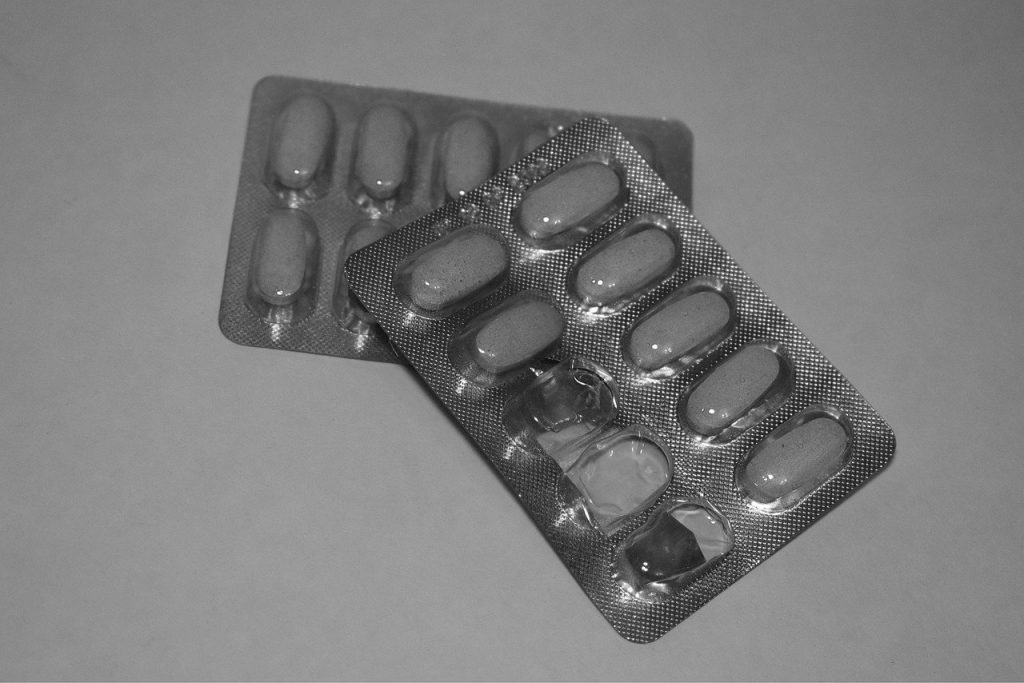On March 10, Eli Lilly and Company announced new data from the randomized, double-blind, placebo-controlled BLAZE-1 Phase 3 study, demonstrating bamlanivimab (LY-CoV555) 700 mg and etesevimab (LY-CoV016) 1400 mg together significantly reduced COVID-19 related hospitalizations and deaths (“events”) in high-risk patients recently diagnosed with COVID-19.
“These results provide additional efficacy and safety data that support the use of the dose recently granted both Emergency Use Authorization by the U.S. Food and Drug Administration (FDA) and a positive scientific opinion by the European Medicines Agency’s (EMA) Committee for Medicinal Products for Human Use (CHMP),” – the company report.
Bamlanivimab and Etesevimab
Bamlanivimab is designed to block viral attachment and entry into human cells, thus neutralizing the virus, potentially treating COVID-19. Bamlanivimab emerged from the collaboration between Lilly and AbCellera to create antibody therapies for the prevention and treatment of COVID-19. It was identified from a blood sample taken from one of the first U.S. patients who recovered from COVID-19.
Bamlanivimab and etesevimab together and bamlanivimab alone have not been approved by the FDA for any use. It is not known if the medications together or bamlanivimab alone are safe and effective for the treatment of COVID-19.
Bamlanivimab and etesevimab together and bamlanivimab alone are authorized under Emergency Use Authorization only for the duration of the declaration that circumstances exist justifying the authorization of the emergency use, unless the authorization is terminated or revoked sooner.
Based on Phase 2 data from BLAZE-1, nausea was the most commonly reported adverse event, reported by 4% of subjects in both medications together and placebo groups. Pruritus and pyrexia were more frequently reported from subjects treated with both bamlanivimab and etesevimab (2% and 1%) compared to placebo (1% and 0%, respectively).
Phase 3
Phase 3 included 769 high-risk patients, aged 12 and older with mild to moderate COVID-19. There were four events in patients taking bamlanivimab with etesevimab and 15 events in patients taking placebo, representing an 87 percent risk reduction. Bamlanivimab and etesevimab together also demonstrated statistically significant improvements on key secondary endpoints. The viral load reductions were also consistent with what was observed in the previous Phase 3 cohort of the study.
In Phase 3 were four deaths total, all of which were deemed related to COVID-19 and all of which occurred in patients taking placebo; no deaths occurred in patients receiving treatment with bamlanivimab and etesevimab together. Across the two Phase 3 cohorts of the study that have been analyzed to date, there have been no deaths in patients receiving treatment with bamlanivimab and etesevimab together, and 14 deaths in patients receiving placebo, 13 of which were deemed COVID-19 related.
“These positive results reinforce our previous findings and support the authorized dose of bamlanivimab 700 mg with etesevimab 1400 mg. These compelling data – in addition to the recent EUA from FDA, the CHMP decision from EMA and the recommendation for the therapy in the National Institutes of Health’s COVID-19 Treatment Guidelines – give healthcare providers additional information regarding the use of bamlanivimab and etesevimab together as a potentially life-saving treatment to help those most at risk for severe complications of COVID-19,” said Daniel Skovronsky, M.D., Ph.D., Lilly’s chief scientific officer and president of Lilly Research Laboratories.
“The consistent results observed in multiple cohorts of this trial over several months, even as new strains of COVID-19 have emerged, indicate bamlanivimab with etesevimab maintains its effects against a range of variants, particularly those circulating in the U.S.”

